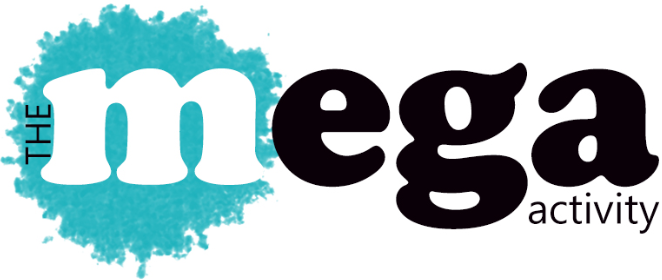trails carolina horror stories In the realm of therapeutic wilderness programs, Trails Carolina has garnered both acclaim and controversy. While many families have reported positive experiences and transformations for their struggling adolescents, a cloud of horror stories has also emerged, casting doubt on the program’s methods and practices. It is important to approach these tales with a critical eye and seek a balanced understanding of Trails Carolina’s impact.
The Power of Anecdotes
trails carolina horror stories Horror stories, often shared passionately on social media or through online forums, can be gripping and emotionally charged. They draw attention, spark outrage, and sometimes become a rallying point for those who believe that a program’s approach is fundamentally flawed. However, it is essential to remember that anecdotes, no matter how compelling, do not provide a complete picture. They represent individual experiences, and while they can shed light on potential concerns, they should not be taken as indisputable evidence of a program’s overall effectiveness or ethical standards.

Validating Claims
trails carolina horror stories When encountering horror stories about Trails Carolina or any other program, it’s crucial to assess the credibility of the sources and the verifiability of the claims. Without minimizing the experiences of those who have raised concerns, it’s important to consider whether the information is based on first-hand accounts or second-hand hearsay. Verified testimonials from former participants, parents, and independent professionals carry more weight than anonymous or unverified accounts.
Context Matters
Understanding the context in which a horror story takes place is essential for forming a well-rounded perspective. Wilderness therapy programs like Trails Carolina work with adolescents who often face complex challenges such as behavioral issues, substance abuse, mental health disorders, or family conflicts. The nature of these challenges can lead to intense emotions and difficult experiences, which may be misconstrued as mistreatment by some individuals. It’s important to differentiate between the inherent challenges of the therapeutic process and any potential ethical violations.

Balancing Stories with Data
While personal stories provide valuable insights, they should be balanced with empirical data and research. Anecdotes can provide a starting point for investigation, prompting inquiries into a program’s practices, safety protocols, and outcomes. However, comprehensive evaluations of a program’s effectiveness require data on long-term outcomes, participant satisfaction, and the impact on family dynamics. Relying solely on horror stories may prevent us from fully understanding the broader picture and potentially dismiss positive transformations that have taken place.
Open Dialogue and Improvement
Criticism, whether in the form of horror stories or thoughtful critiques, can drive necessary improvements within programs like Trails Carolina. Responsible organizations take feedback seriously, continuously refine their approaches, and prioritize the safety and well-being of their participants. Engaging in open dialogue, addressing concerns, and adapting to changing needs are signs of an organization committed to growth and positive change.

Conclusion
Trails Carolina horror stories, while alarming, should be approached with caution and critical thinking. Valid concerns deserve attention, and it’s important to encourage transparency, accountability, and responsible program management. At the same time, an informed assessment requires a broader perspective that includes verified testimonials, empirical data, and a recognition of the complex challenges that participants and their families face. By engaging in a balanced conversation, we can work towards a more accurate understanding of Trails Carolina’s impact and contribute to the ongoing improvement of therapeutic wilderness programs.




